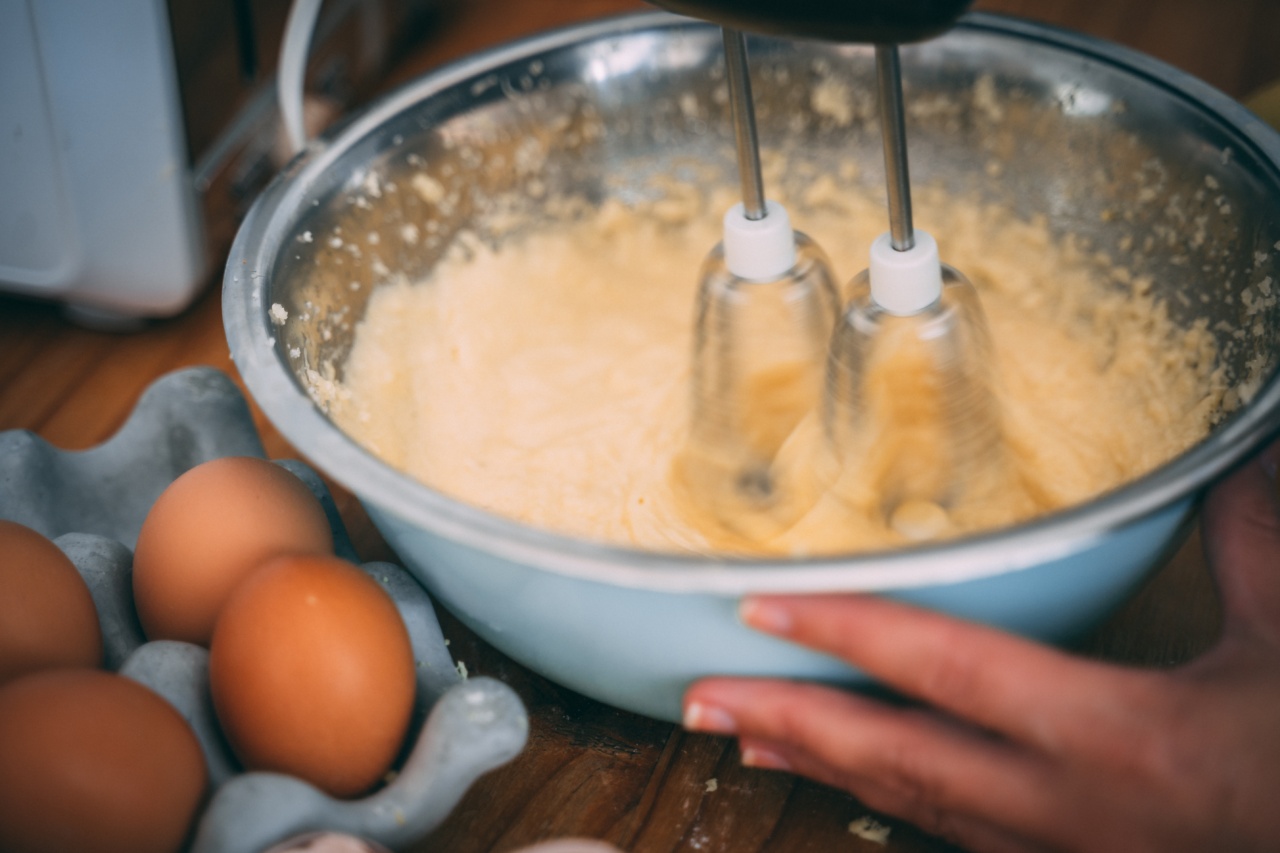Charcoal cooking has been a popular method of preparing food for centuries. From grilling to smoking, the use of charcoal imparts a unique flavor to our favorite dishes.
However, what many people fail to realize is that charcoal cooking can also pose significant health risks. In this article, we will explore the potential dangers associated with charcoal cooking and offer tips on how to minimize these risks.
Is Charcoal Cooking Harmful?
When charcoal is burned, it releases carbon monoxide, polycyclic aromatic hydrocarbons (PAHs), and volatile organic compounds (VOCs) into the air. These substances can have detrimental effects on our health when inhaled or ingested.
The Dangers of Carbon Monoxide
Carbon monoxide (CO) is a colorless and odorless gas that is produced during the combustion process. When inhaled, it binds to hemoglobin in our red blood cells, reducing their ability to transport oxygen throughout the body.
This can lead to symptoms such as headache, dizziness, nausea, confusion, and even death in severe cases.
Potential Health Effects of PAHs
Polycyclic aromatic hydrocarbons (PAHs) are a group of chemicals that are formed when fat and juices from meat drip onto the hot charcoal. These compounds can then rise in smoke and attach to the surface of the food being cooked.
PAHs are known to be carcinogenic and have been linked to an increased risk of developing certain types of cancer, including lung, breast, and prostate cancer.
The Hazards of VOCs
Volatile organic compounds (VOCs) are chemicals that are released into the air during the combustion process. They are found in both the charcoal itself and the lighter fluid often used to ignite it.
Inhaling VOCs can irritate the respiratory system and lead to symptoms such as coughing, wheezing, shortness of breath, and throat irritation. Long-term exposure to VOCs has also been associated with an increased risk of respiratory problems and certain types of cancer.
Minimizing the Risks
While it may be impossible to eliminate all risks associated with charcoal cooking, there are several measures you can take to minimize your exposure to harmful substances:.
1. Cook in a well-ventilated area – Whenever possible, cook outdoors or in a well-ventilated space. This helps to disperse the smoke and reduce your inhalation of harmful pollutants.
2. Avoid charcoal briquettes with added chemicals – Some charcoal briquettes contain additives that can release even more harmful substances when burned. Opt for natural, additive-free charcoal instead.
3. Precook meat before grilling – By partially cooking meat in a microwave or oven, you can reduce the amount of time it needs to spend on the grill. This can help to minimize the formation of PAHs.
4. Keep the grill clean – Regularly cleaning your grill helps to prevent the buildup of old food residue, which can increase the production of harmful substances during cooking.
5. Use a chimney starter instead of lighter fluid – Chimney starters provide a safer and more environmentally-friendly way to ignite the charcoal, reducing your exposure to VOCs.
Simply fill the chimney with charcoal, place some newspaper underneath, and light it.
Conclusion
While charcoal cooking may add a smoky and delicious flavor to our meals, it is essential to be aware of the potential health risks involved.
Carbon monoxide, PAHs, and VOCs are all byproducts of charcoal combustion that can have detrimental effects on our health. By taking precautions such as cooking in a well-ventilated area, using natural charcoal, and practicing good hygiene, you can enjoy the benefits of charcoal cooking while minimizing the associated risks.






























